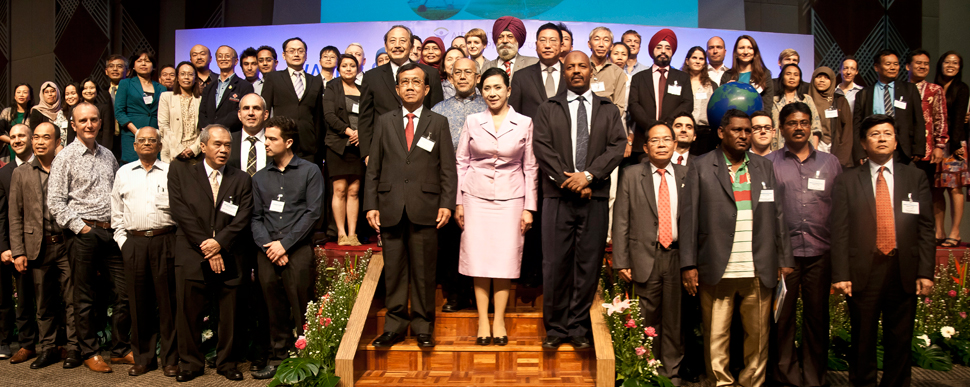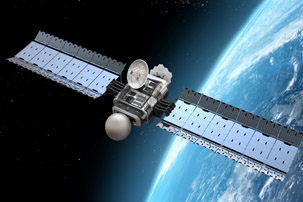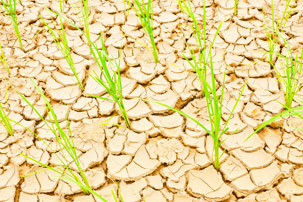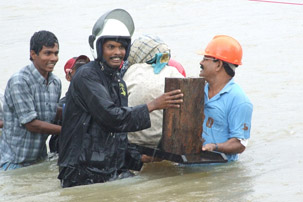Why Attend?

Delivering aid and improving health resilience through collaboration and technological innovation
Following the success of last year’s event, the AIDF Asia Summit 2016 once again will gather 250+ humanitarian and development professionals from regional governments, UN agencies, Red Cross, local and international NGOs, donors & investors, military and defence and the private sector to discuss how technological innovations improve aid and development work in South East Asia.
The Summit will focus on enabling quicker and better disaster response, ensuring more effective aid delivery and community engagement, improving humanitarian operations and logistics, and innovations for regional health and WASH programmes. View detailed AIDF Asia Summit agenda
During the two days you will hear from 50+ exert speakers, discover new business opportunities, exchange ideas and influence the global debate on improving disaster relief and health resilience in South East Asia.
Who attends?
This summit has been designed for senior representatives from regional governments in South East Asia, UN and intergovernmental organizations, investors, academic and technical institutions, the International Red Cross and Red Crescent Movement and Non-Government Organizations, community leaders, media and the private sector.
Particularly Directors and Advisers in Development, Humanitarian Response, Operations, Programmes, Infrastructure, Logistics, Procurement, Security & Safety, Partnerships, Financing, Training, IT and Technology, Health, Disaster Resilience, Climate Change & Technology will benefit from this high-profile event.
Why attend?
By attending you’ll hear the latest trends in resilience and relief management, discover new innovations and practical solutions, especially around the mobile device, compare your approaches and benefit from first-hand insight from your peers and partners. AIDF will help you to build long lasting partnerships and more effective collaborations. In only two days you will discover new business opportunities, exchange ideas and influence the global debate on improving disaster relief and health resilience.
Register now

